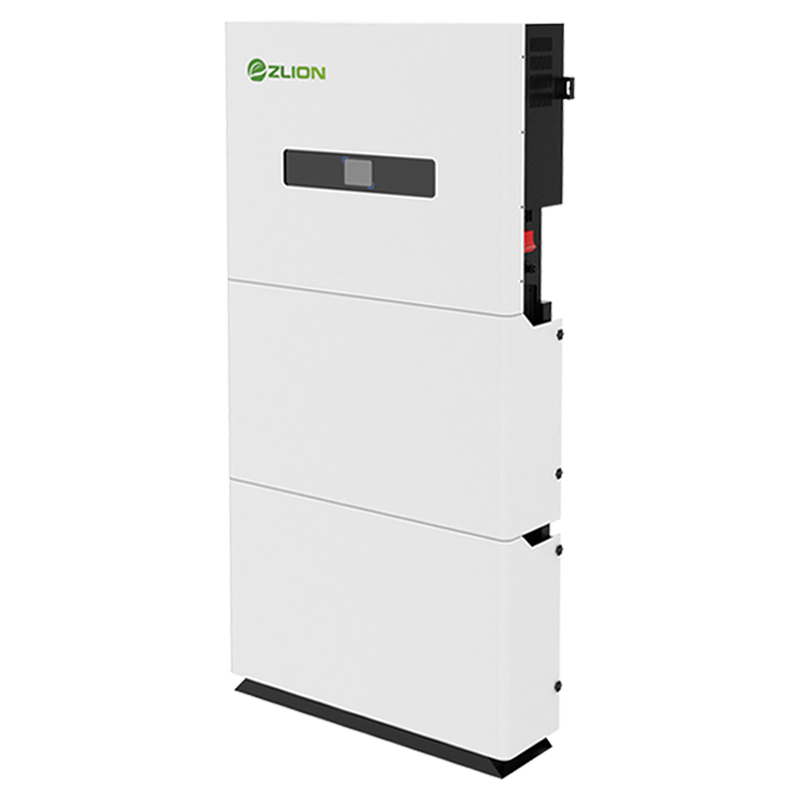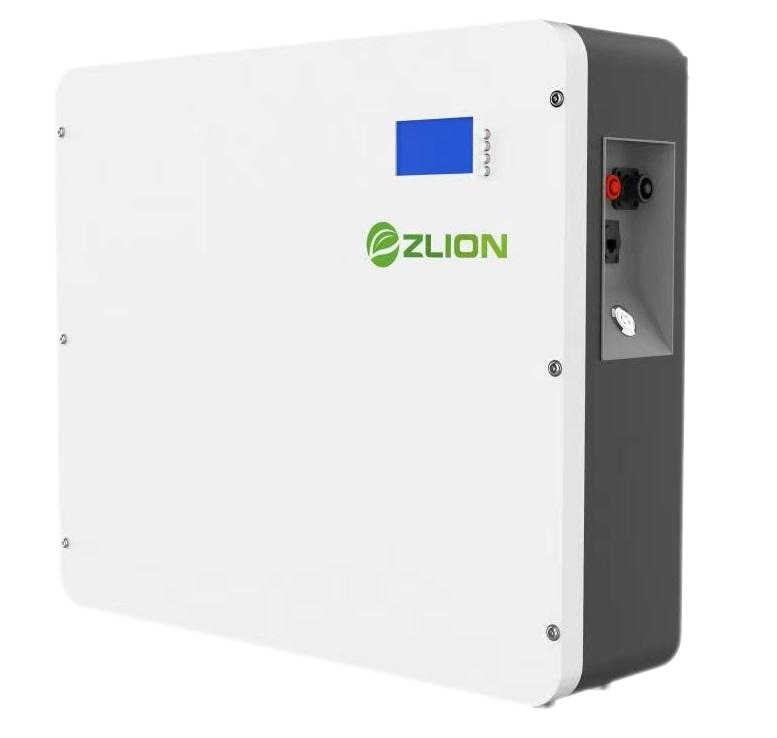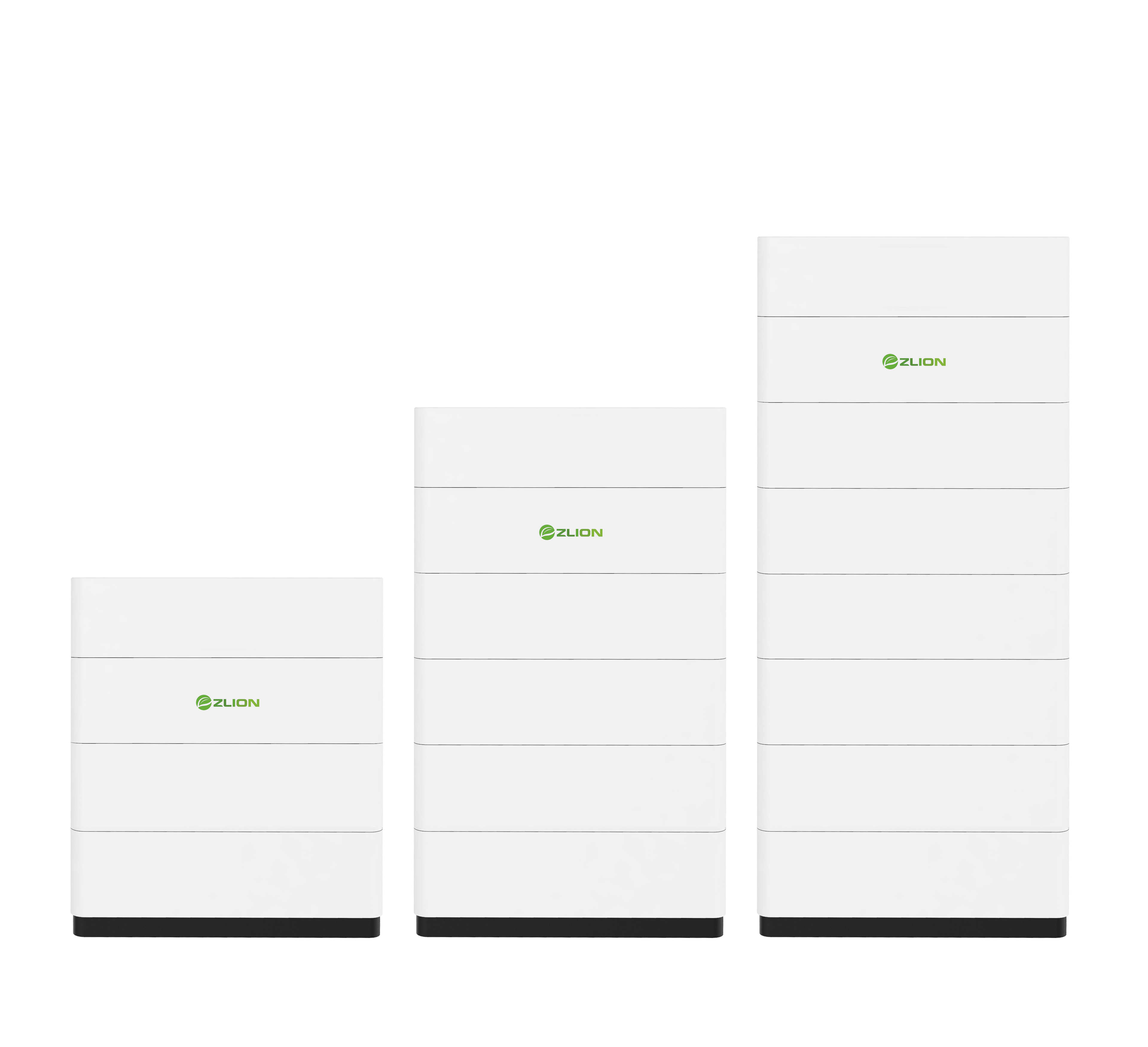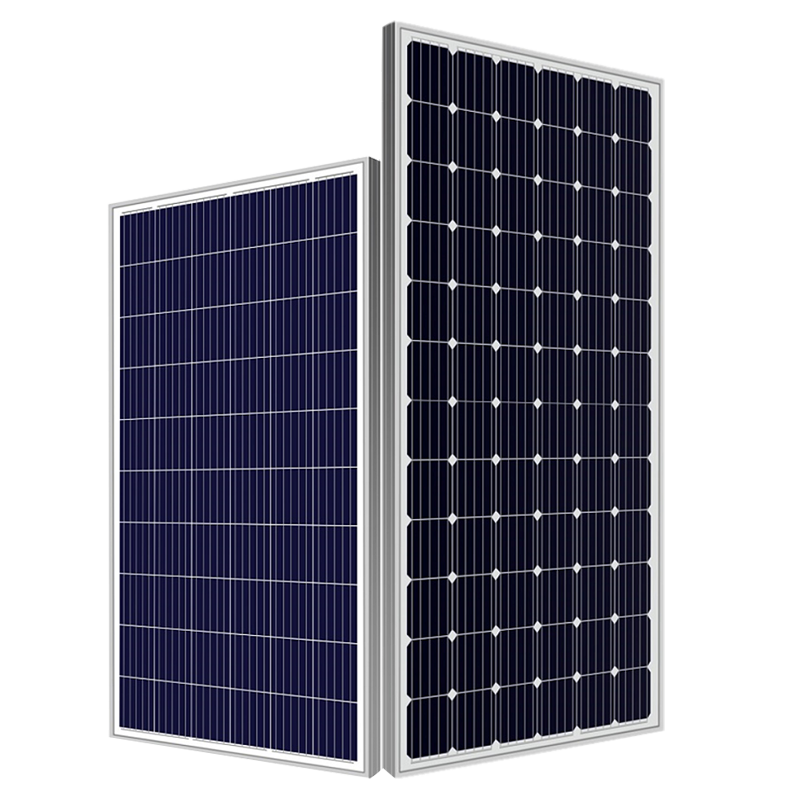Lithium-ion batteries have many advantages, including high operating voltage (three times that of nickel-cadmium batteries and nickel-hydrogen batteries), high specific energy (up to 165 Wh/kg, three times that of nickel-hydrogen batteries), small size, light weight, long cycle life, low self-discharge rate, no memory effect, and no pollution. Among lithium-ion batteries, lithium iron phosphate batteries are more popular. Compared with lithium cobalt oxide batteries, this battery has less energy, but it is safer and cheaper.

The number of cycles of a single cell can reach 2,000 times, and the discharge is stable [1]. Therefore, lithium iron phosphate batteries are currently a very popular type of lithium-ion battery. Since 2019, with the adjustment of national subsidy policies, new research results have been rapidly transformed and applied, the energy density and product stability of lithium iron phosphate battery products have been greatly improved, and the market share of passenger car power batteries has been greatly improved. In 2021, China's new energy vehicle production reached 3.545 million units, an increase of 2.179 million units from 2020, a year-on-year increase of 159.52%, and sales of 3.521 million units, an increase of 2.154 million units from 2020, a year-on-year increase of 157.57%. In particular, several popular models such as Tesla Mode13, BYD Han and Wuling Hongguang MINIEV are equipped with lithium iron phosphate batteries, which greatly boosted the installed capacity of lithium iron phosphate batteries.
For this reason, battery maintenance during use is particularly important. Especially in the current reality where the theoretical life of lithium iron phosphate batteries is 7 to 8 years, but the actual life is less than 5 years.
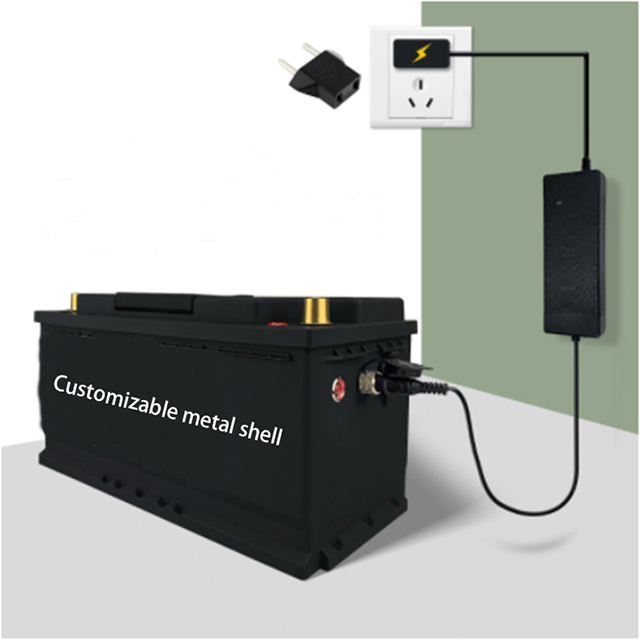
Principle of lithium iron phosphate battery
Charging process:
During charging, under the action of external power supply, lithium ions (Li+) in lithium iron phosphate compound at the positive electrode are released, enter the electrolyte, pass through the diaphragm, and then migrate to the graphite crystal layer through the electrolyte. At the same time, in order to maintain charge balance, an equal amount of electrons at the positive electrode flow to the negative electrode copper foil through the external circuit, and enter the graphite layer through the negative electrode conductor, so that the negative electrode reaches charge balance. Lithium iron phosphate is converted into iron phosphate.

Discharging process:
During discharge, lithium ions (Li+) in the graphite crystal layer are released, pass through the electrolyte, pass through the diaphragm, and then enter the electrolyte to fall on the surface of lithium iron phosphate crystals, and then embed into the lithium iron phosphate lattice again. At the same time, electrons flow to the aluminum foil of the positive electrode of the battery through the external circuit under the action of the electric field, and then enter the lithium iron phosphate positive electrode, so that the positive electrode reaches charge balance. Iron phosphate is converted into lithium iron phosphate. This back-and-forth "rocking chair" charging and discharging mode of lithium-ion batteries eliminates the problem of lithium dendrite precipitation, and better solves the circulation and safety problems of lithium-ion batteries. At the same time, it also retains the advantages of lithium-ion batteries such as high voltage, high capacity and low self-discharge rate. It is an ideal lightweight and high-energy power source in the future.

